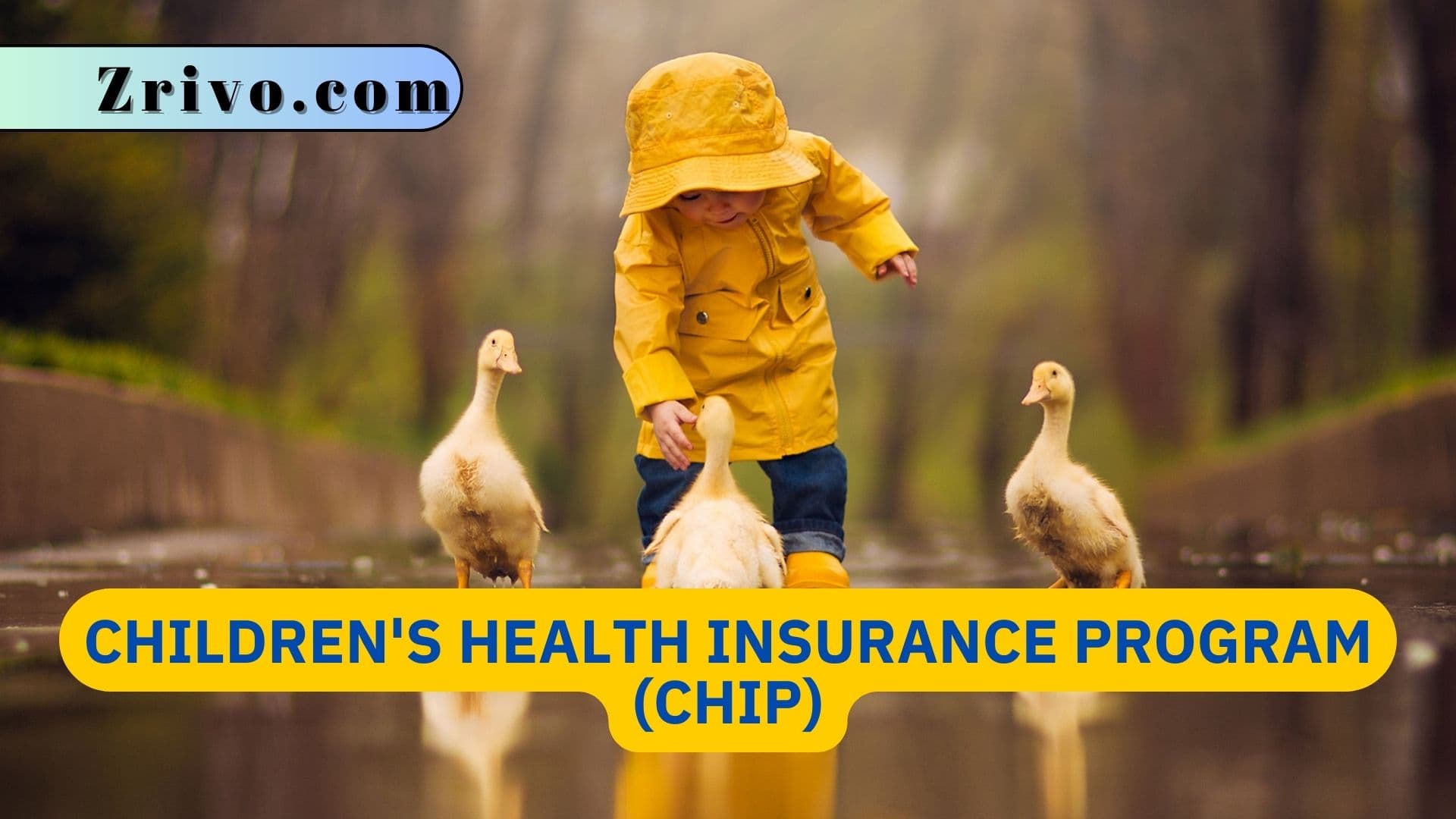
The Children’s Health Insurance Program (CHIP) is a federally funded program that provides low-cost or free health insurance to children in families with incomes too high to qualify for Medicaid but too low to afford private health insurance. CHIP is a program designed to provide affordable health insurance to children in low-income families. It is jointly funded by the federal government and individual states, and it covers a range of medical services, including doctor visits, immunizations, hospital care, and prescription drugs. CHIP is available to children under 19 who are U.S. citizens or legal residents and meet certain income requirements.
Who is Eligible for CHIP?
To be eligible for CHIP, children must meet certain age, residency, citizenship, and income criteria. The specific eligibility requirements vary by state, but in general, children may be eligible for CHIP if their family’s income is too high to qualify for Medicaid but too low to afford private health insurance. The income eligibility thresholds are set by each state, but they are generally based on a percentage of the federal poverty level (FPL). In most states, children are eligible for CHIP if their family’s income is up to 200% of the FPL.

How to Apply for CHIP?
Families can apply for CHIP through their state’s Medicaid or CHIP agency. The application process may vary by state, but in general, families will need to provide documentation of their income, residency, and citizenship status. In some states, families may be required to provide additional documentation, such as proof of employment or proof of health insurance coverage. Families can typically apply for CHIP any time during the year, and coverage can begin as soon as the application is approved.
Advantages of CHIP
CHIP offers several advantages for families, including:
- Low cost or no cost: CHIP premiums and out-of-pocket costs are generally lower than private health insurance, and some families may qualify for free coverage.
- Comprehensive coverage: CHIP covers various medical services, including preventive care, emergency services, and prescription drugs.
- No pre-existing condition exclusions: CHIP cannot deny coverage to children with pre-existing conditions.
- Continued coverage: Children can remain on CHIP even if their family’s income increases or their circumstances change.
Disadvantages of CHIP
While CHIP offers many advantages, there are also some disadvantages to be aware of:
- Limited eligibility: CHIP is only available to children under 19 who meet certain income requirements.
- Varying coverage: The specific benefits and services covered by CHIP may vary by state, and some states may have more limited coverage than others.
- Funding challenges: CHIP is subject to annual appropriations by Congress, and the program’s funding has been the subject of political debate.

FAQs
Q: Can my child remain on CHIP if our income increases?
Children can remain on CHIP even if their family’s income increases or their circumstances change. However, they may be required to reapply or recertify their eligibility on a periodic basis.
What does CHIP cover?
CHIP covers a range of medical services including doctor visits, immunizations, hospital care, and prescription drugs. The specific benefits and services covered may vary by state.
How long does it take to get approved for CHIP?
The time it takes to get approved for CHIP may vary by state and by individual circumstances. Coverage can sometimes begin as soon as the application is approved.
How is CHIP funded?
CHIP is jointly funded by the federal government and individual states. The program’s funding is subject to annual appropriations by Congress.